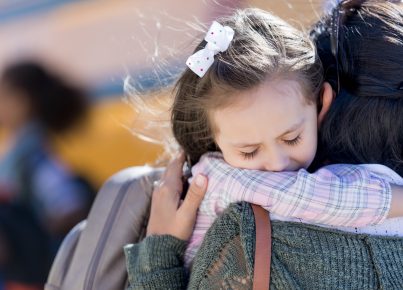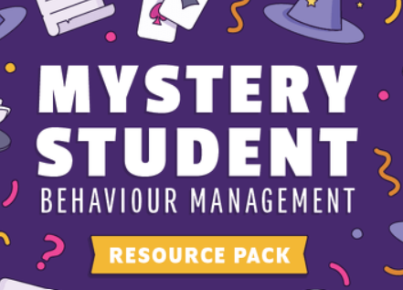Introduction
In every classroom, there exists a “significant minority” of poorly-behaved students who can negatively impact the learning environment for everyone else. As an educator, it is important to develop effective strategies to address these challenging behaviors and foster a positive and supportive atmosphere for all students.
1. Establish Clear Expectations and Consequences
One of the most critical aspects of managing difficult behavior is setting clear expectations for acceptable conduct. Write down your expectations and involve your students in creating a shared code of conduct. Ensure each individual understands the consequences for not adhering to these rules, including verbal warnings, temporary removal from class, or even parent-teacher conferences.
2. Build Positive Relationships
A committed teacher not only focuses on teaching but also genuinely cares about their students’ personal and emotional development. Invest time in building relationships with both well-behaved and poorly-behaved students. This can aid in gaining their trust, making them more receptive to your guidance.
3. Focus on Prevention Rather Than Reaction
As an educator, be proactive in addressing potential situations where problematic behavior is likely to occur. Determine triggers for certain students’ misbehavior and consider reducing or eliminating them from your lesson plans when possible. Ensure a structured environment that promotes appropriate behavior through routines and procedures.
4. Utilize Differentiated Instruction
Recognizing that each student has unique learning styles and needs is essential in fostering a positive classroom atmosphere. Offer various ways for students to engage with the material, such as hands-on activities, group discussions, or creative projects. Differentiated instruction can make learning more accessible for all students while minimizing opportunities for misbehavior.
5. Reinforce Positive Behavior
While it is easy to focus solely on addressing negative behavior, it is equally important to recognize and reinforce positive behavior when it occurs. Encourage well-behaved students and praise those who actively turn around their behavior. By reinforcing good conduct, you can create a sense of accomplishment that incentivizes continued improvement.
6. Collaborate with Colleagues and Administrators
Share your experiences, struggles, and ideas with fellow teachers and administrators to develop a collaborative approach to combatting disruptive behaviors. Consider implementing school-wide policies on conduct and consequences, which will provide consistency for students across classrooms.
7. Engage Parents and Guardians
Parents and guardians play an essential role in addressing poor student behavior. Establish open lines of communication and collaborate on strategies to support the child both at home and in the classroom. Encourage their involvement in the student’s academic progress and emphasize shared responsibility for fostering good behavior.
Conclusion
Managing poorly-behaved students is a challenge every educator faces at some point in their career. However, by adopting a proactive, compassionate, and consistent approach, it is possible to minimize disruptive behaviors while promoting an inclusive and productive learning environment for all students.





